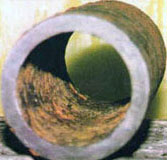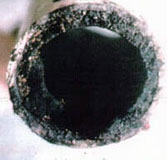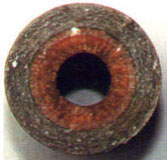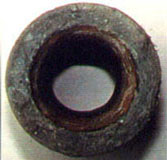Phosphates
Phosphates are used to solve specific water quality problems resulting from inorganic contaminants (iron, manganese, calcium, etc.) in ground water and surface water supplies. They also maintain water quality by inhibiting corrosion, scale and biofilm and reduce lead and copper levels in the distribution system.
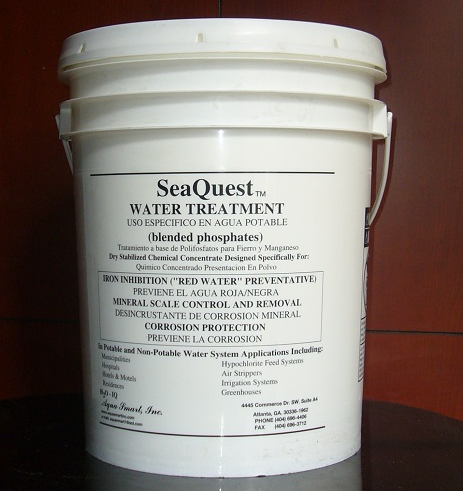
THM Reduction
With the use of phosphates for corrosion control, users can run their finished water at lower pH levels due to the fact that phosphates will provide optimum corrosion control at pH levels in drinking water from 6.0 and up. This means the reduction or elimination of pH adjusting products such as caustic, lime or soda ash. With the reduction of pH levels comes the reduction of chlorine usage and chlorine demand which will naturally lower THM levels in the drinking water.
Corrosion Control
Every distribution system has corrosion from one source or another. Some have primary distribution system pipes made of metal and others only have metal pipes in the connection pipes and in the homes. In either case, Corrosion is a problem to both water quality and to the health of the end users of the water being produced by the municipality.
Corrosion of iron, cast and steel is of the utmost importance as this is where the largest capital investment a municipality has made, which is their distribution system infrastructure. When these pipes corrode it will eventually reduce the flow in the pipes causing customer complaints and reduced water pressure at the homes. This corrosion will also cause water main breaks and water loss to the system eventually forcing the replacement of these pipes.
When phosphates such as SeaQuest®, are added to the drinking water, corrosion is reduced to a minimum through optimum corrosion control. This means that Iron levels that have been elevated in the distribution system, will now see Iron levels decreasing to the level of iron coming from the source water. Not because Iron has been sequestered, but because there is no iron coming into solution any longer from corrosion. This corrosion control effect will reduce red water complaints due to high iron levels in the water from corrosion; and secondly, will give better chlorine residuals in the distribution system as the demand will be decreased due to a lower level of iron in the water.
Scale Control
Scale Control is accomplished by Calcium and Magnesium being sequestered with the use of polyphosphates such as SeaQuest®. There are 2 different types of scale control which occur when using polyphosphates. The first is sequestering of hardness (Ca+Mg) that is comes into solution from the water source naturally and the second is the scale that is comes into solution from distribution. In either case, polyphosphates will disperse and sequester these types of hardness into a non-scaling state. This means that when phosphate is added to the water at the source, water at the tap will act “soft” and will be non-scaling regardless of its source hardness. It also means “soft” like water regardless of pH level, time that the water has been in use, or the temperature of the water.
Clean Out
Distribution systems all suffer from tuberculation and build up of one kind or another. Hard water systems find scale deposits and build up and soft water systems find iron corrosion buildup in their distribution systems. Systems with high levels of metals in the water find these metals to accumulate in their pipes as well causing major blockages in their pipes.
With the use of phosphates distribution systems have found these deposits whether from iron and manganese, scale or corrosion to be reduced and eventually eliminated causing unrestricted flows in the distribution system. This clean out will reduce electrical pumping costs, meter replacement costs, customer complaints and pipe rehabilitation and replacement programs.


